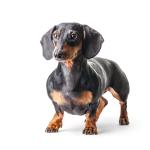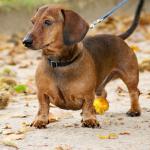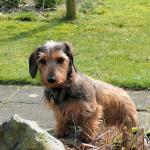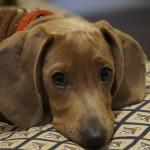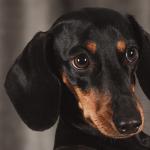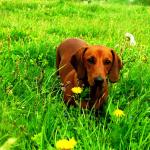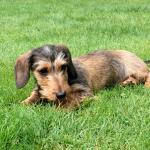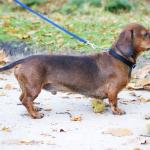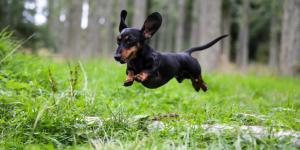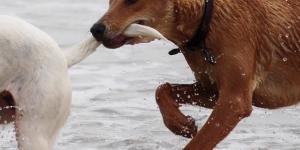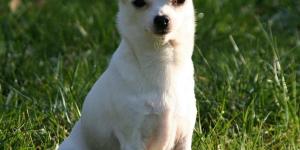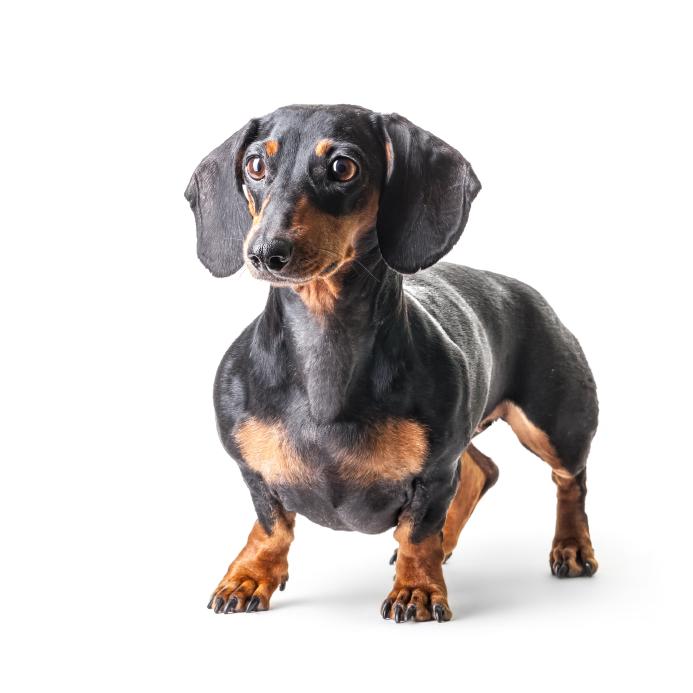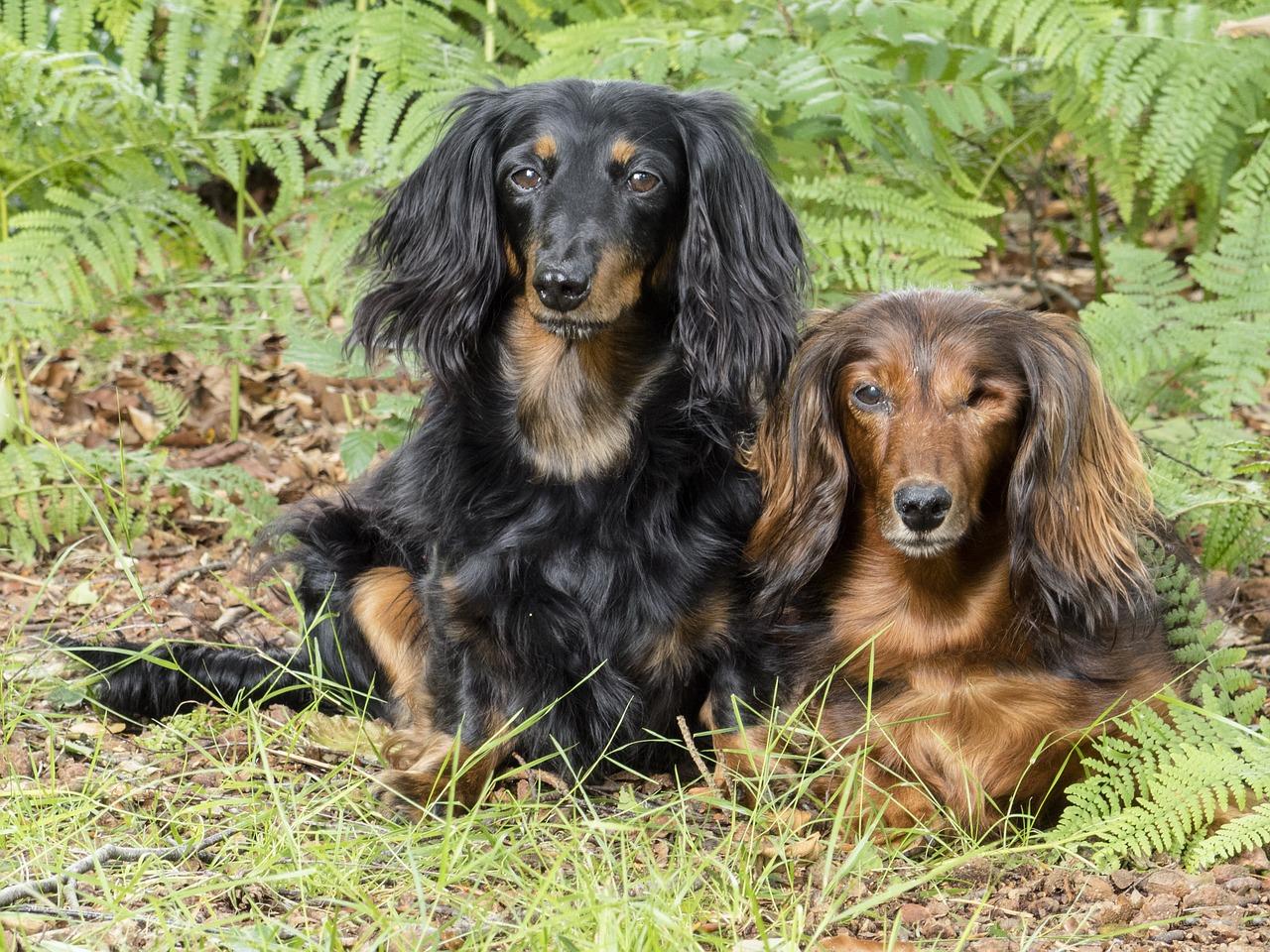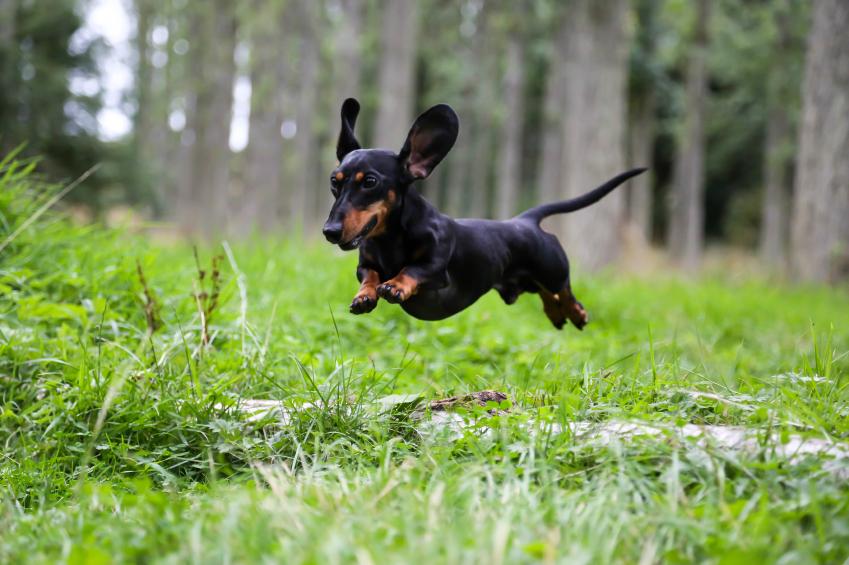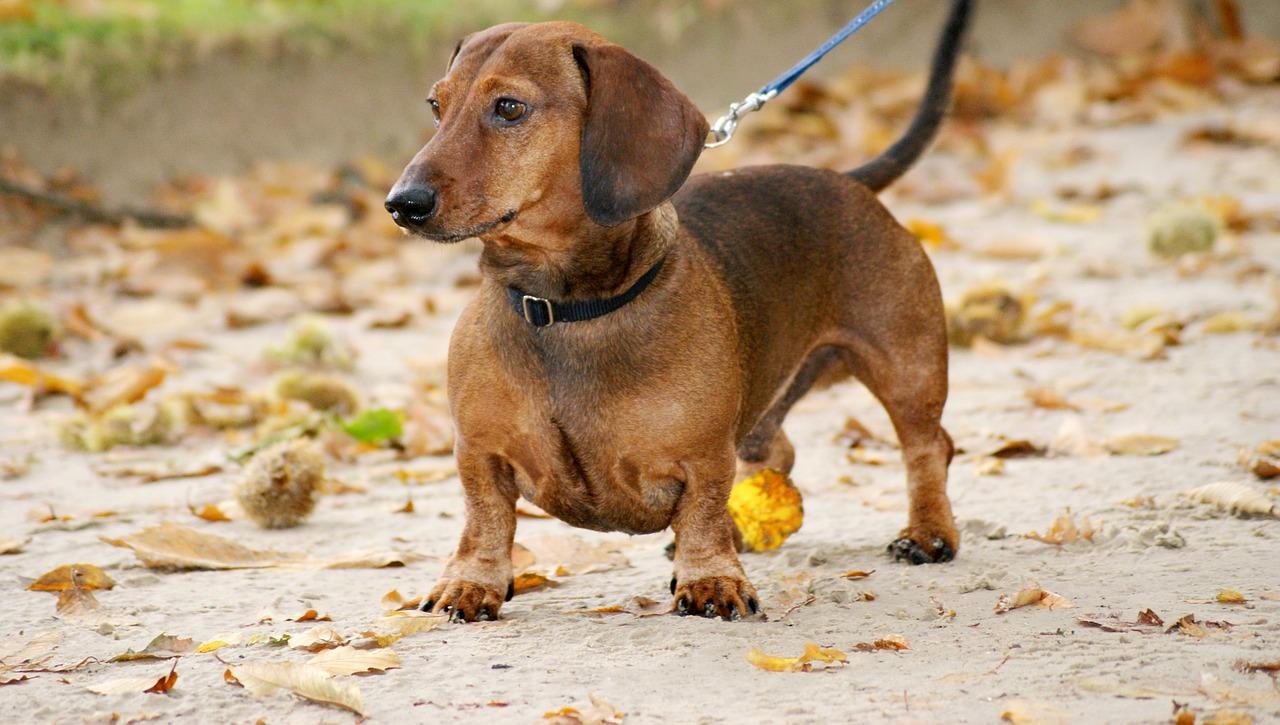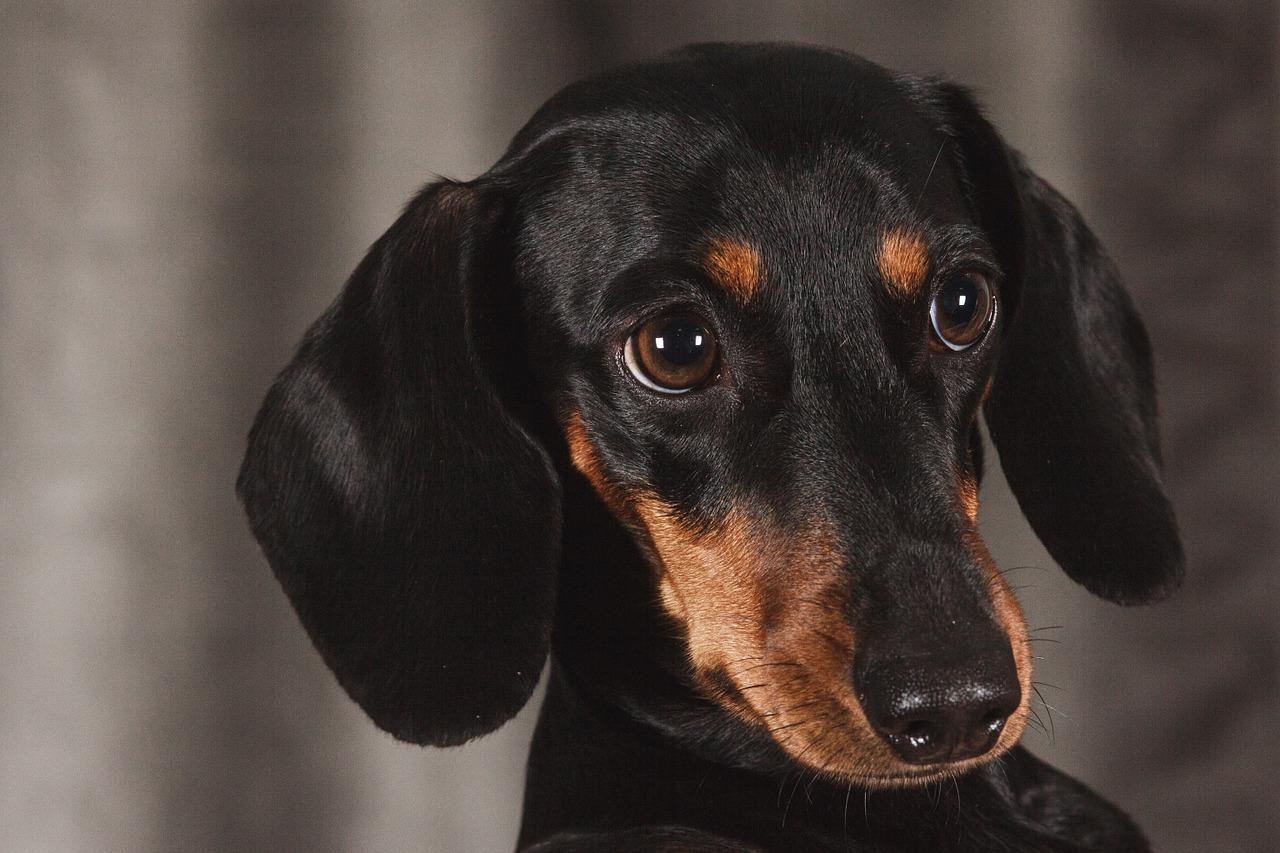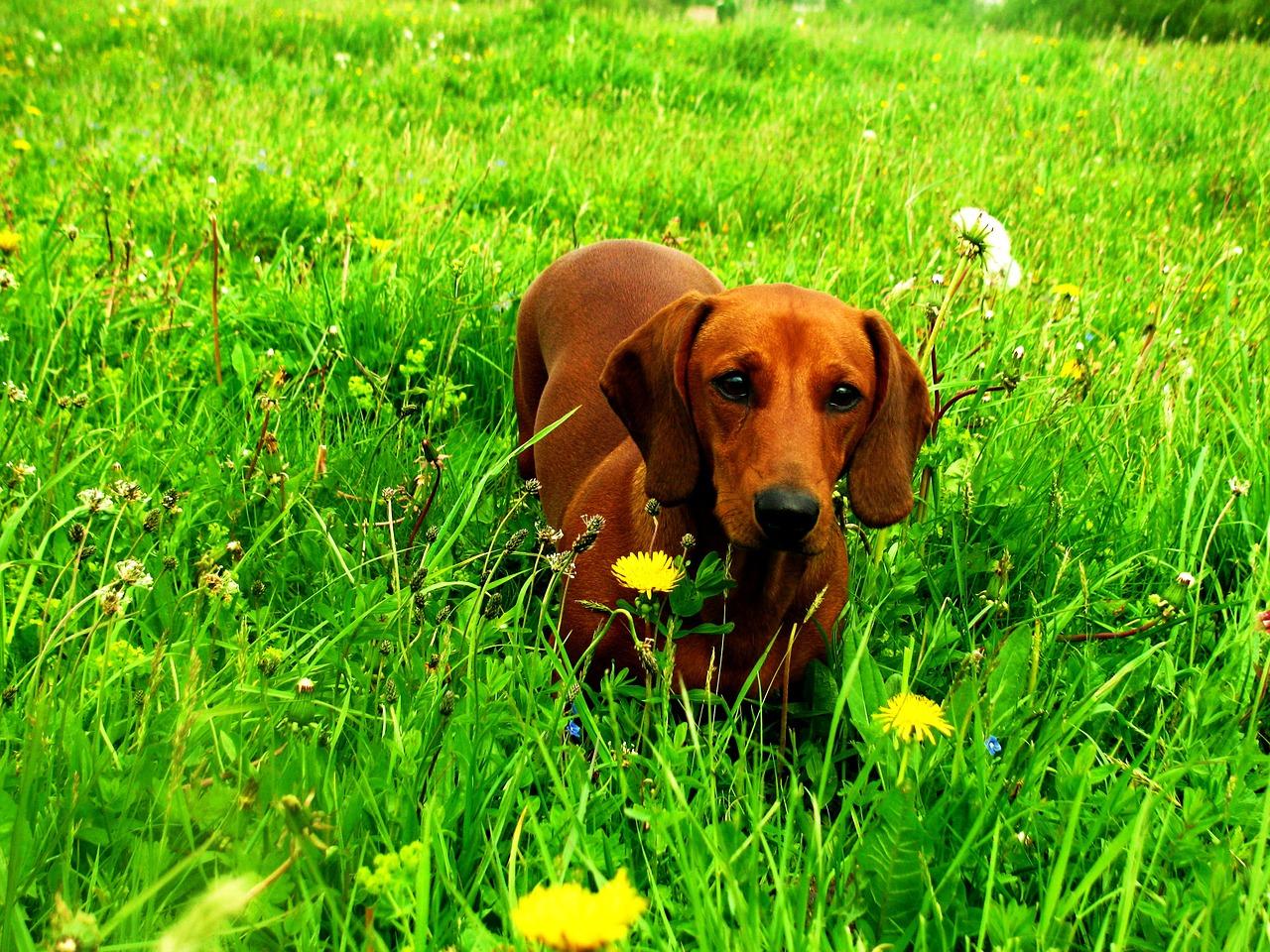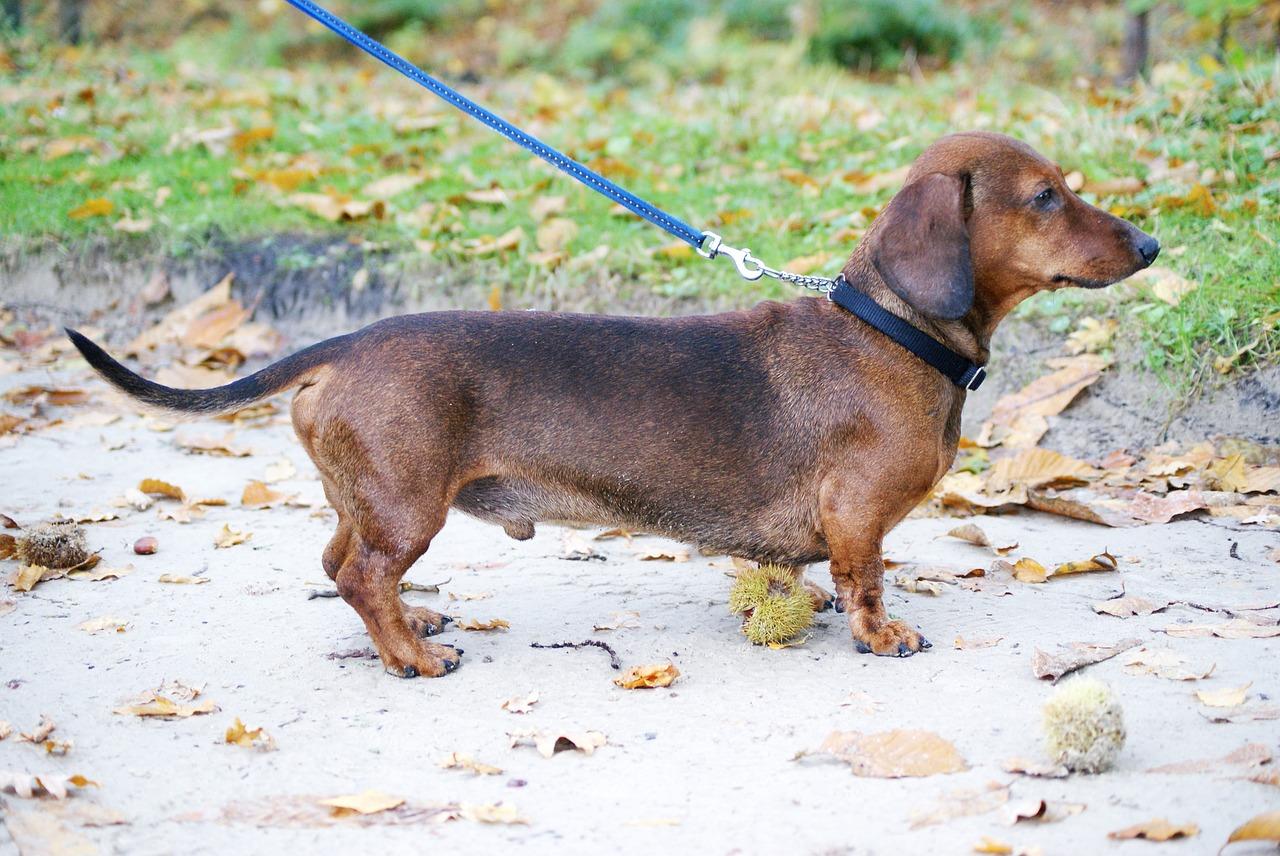Dachshund
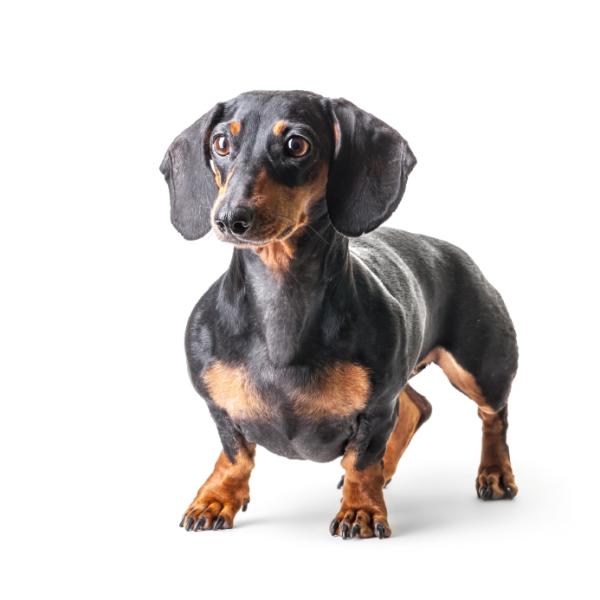
Dachshunds are famous and charismatic dogs which originate from Germany. In English dachshund means ‘‘badger dog’’. This name makes reference to the original function of this as dog a badger hunter. Dachshunds are also known in German as as teckel or dackel.
In this AnimalWised article we will tell you everything you need to know about the famous Dachshund. We will cover general characteristics of the dachshund, its basic care and related health problems. If you’re thinking of adopting a Dachshund, keep reading for more info!
- Europe
- Germany
- Group IV
- 5-14
- 14-18
- 18-22
- 22-27
- 27-31
- More than 31
- 2-7
- 7-22
- 22-55
- 55-100
- 100-220
- 8-10
- 10-12
- 12-14
- 15-20
- Low
- Meidum
- High
Physical characteristics of a Dachshund
The dachshund is a short and long dog. It has short legs and elongated head. Its naso-frontal depression (stop) is poorly marked. Its eyes are oval and of medium size. Its color varies in different shades of dark brown (from reddish to blackish). Its ears are of high insertion, hanging, long with rounded edges.
The body of this dog is elongated with a slightly inclined upper line. Its chest is broad and deep with a slightly lifted belly. It has a long but not very tall tail, which could present a curl in the third vertebrae.
The coat corresponding to each variety should be as follows:
- Short haired dachshund. Its hair is short, shiny, smooth, strong, hard, thick and well attached to the body. Its hair covers the whole body. This is the most popular dachshund.
- Dachshund with hard hair. Except on its snout, eyebrows and ears, the coat of this dog is formed by a mixture of the inner layer with the outer layer. The latter is regularly glued, thick and "wirey hair". On the snout, the hair forms a well marked beard and over the eyes are two bushy eyebrows. Its ear hair is short and almost smooth.
- Long haired dachshund. The outer layer is smooth, shiny and well attached to the body. It’s hair is long under the neck, on the lower part of the body, on its ears, the back of its extremities and on its tail.
The colors accepted in all varieties are:
- Unicolor, which can range from red to yellow, with or without black mottling.
- Bicolor, which can be black or brown with fire spots (rusty red or yellow).
- Spotted, in which the dogs appear as harlequin or tabby, with a basic dark color (black, red or gray).
Different types of dachshund
This breed comes in different varieties according to its coat and weight. The International Cynological Federation (FCI) recognizes three size varieties (standard, miniature and for rabbit) and three varieties of hair (short, hard and long). These possible combinations result in nine different types of dachshund:
- Standard dachshund
- With short hair
- Hard hair
- Long haired
- Miniature Dachshund
- With short hair
- Hard hair
- Long haired
- Dachshund for rabbit hunting
- With short hair
- Hard hair
- Long haired
Other organizations, such as the American Kennel Club (AKC), only recognize two varieties according to size (standard and miniature), but recognize the three varieties of hair. The smaller varieties (miniature and teckel for rabbit hunting) despite their size, are also used for hunting. However, they target smaller and less aggressive prey than badgers.
The breed standard does not indicate a particular size, but dachshunds are small dogs and their maximum height at the withers is usually between 25 and 30 centimeters. The difference between the varieties is calculated according to the thoracic circumference, as follows:
- Standard Dachshund Thoracic circumference greater than 35 centimeters. Maximum weight is 9 kilograms.
- Miniature Dachshund. Thoracic circumference between 30 and 35 centimeters at the minimum age of 15 months.
- Rabbit Dachshund. Thoracic circumference less than 30 centimeters, at the minimum age of 15 months.
Character of a Dachshund
These dogs are very playful and friendly with their owners. They have a strong drive to prey therefore they tend to chase and attack small animals. They are also known to bark a lot.
It is important to socialize dachshunds from when they are young. If they are not socialized they tend to be naturally distrustful to strangers. Without proper socialization they may also tend to be aggressive or fearful, both with strangers and with other dogs. On the other hand, when they are well socialized they can get along very well with people and other dogs. It can however prove to be difficult to socialize them with other pets.
It is commonly said that dachshunds are very stubborn and do not respond well to training. However this is not the entire truth. What actually tends to happens is that they do not respond well to traditional training, as they react badly in respond to the use of force. However, they respond very well to positive training, so do not hesitate and opt for this method of education. This method is based on positive reinforcement and the use of the clicker.
The main behavioral problems that are common to this breed is that they bark excessively and love to dig.
Caring for a Dachshund
Caring for a dachshund’s hair is simple, since it does not require canine hairdressing or other aids. Logically, the short-haired dachshund requires less effort than the other types. In the hard and long hair breeds it is necessary to brush the coat daily. If you want to cut a long-haired dachshund’s hair, we recommend going to a canine hairdresser.
These dogs require moderate exercise. They adapt well to life in apartments, flats or small houses. However, they can cause problems with neighbors because they tend to be barkers, specifically if they haven’t been trained.
If they are left alone for a long time or get bored, a dachshund might destroy furniture or other objects. If you have a garden, they have a tendency to dig. Therefore, it is not a good idea to leave them alone for long periods of time.
Health of a Dachshund
Due to its very elongated morphology, the dachshund is prone to spinal injuries. Damage to inter-vertebral discs is common. Accidents that cause paralysis of the hind legs are more frequent in this breed than in others. Therefore, it is important to avoid abrupt handling of these dogs, jumps, climbing and descending frequently. It is also important to watch the weight of this breed, as they can easily become overweight if not fed well.
A Dachshund is also prone to suffer from the following pathologies:
- Patellar dislocation
- Epilepsy
- Glaucoma
- Hypothyroidism
- Progressive retinal atrophy
As with all other breeds of dogs, it is best to follow periodic veterinary check-ups and keep up to date with your dog’s vaccination and deworming calendar.
Dachshund photos
